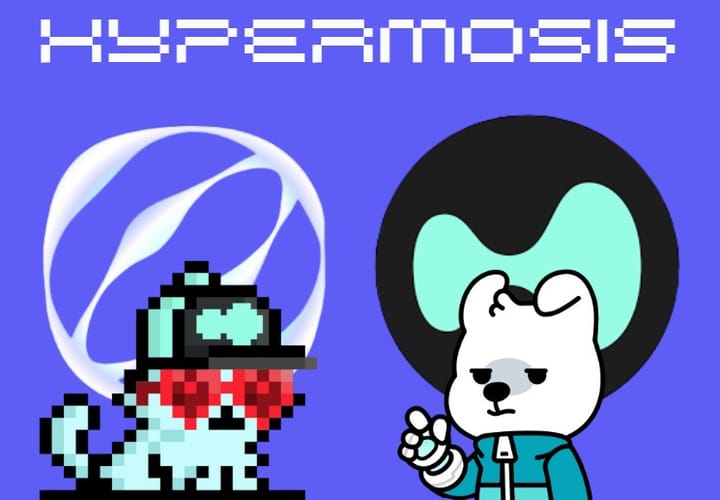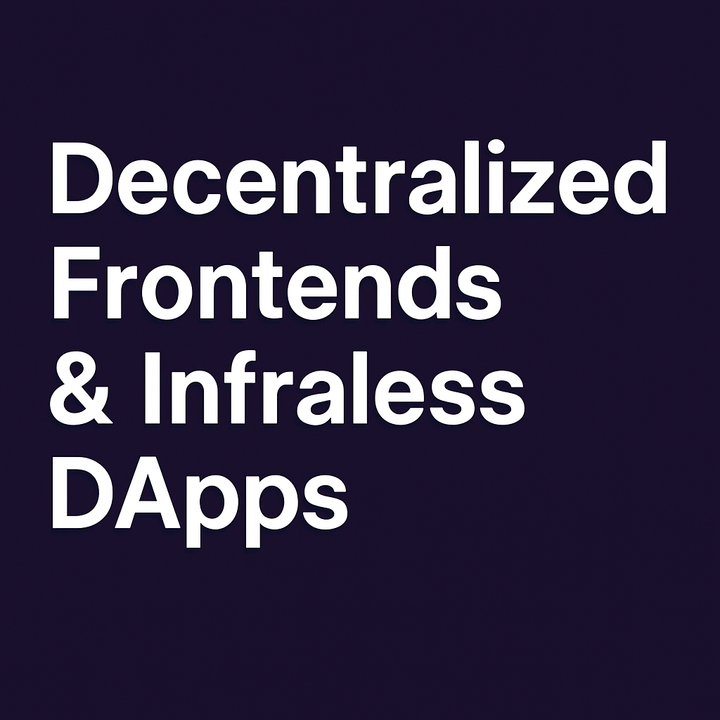🔷 Ethereum 2025: The Road Ahead with Pectra, EIPs, and Modular Expansion
Ethereum — the backbone of decentralized finance and smart contract innovation — continues to evolve rapidly. In 2025, the network is focused on scalability, UX improvements, modular integrations, and financial inclusivity.
Mitosis team has already announced that they will support the Ethereum upgrade, so it means that we could use USDC for signing all transactions on mitosis mainnet.
follow Mitosis on X for news and updates!
Let’s explore what’s new, what’s coming, and how Ethereum is securing its lead in the Web3 world. 🚀
🛠️ Latest Upgrade: Pectra (Pending Activation in Q4 2025)
The upcoming Pectra upgrade combines “Prague” (execution layer) and “Electra” (consensus layer) improvements. It’s a major milestone on Ethereum’s roadmap toward a more user-friendly and modular ecosystem.
Key Features of Pectra:
✅ EIP-7702: Smart Contract Wallets Made Native
Proposed by Vitalik Buterin, this EIP introduces a new transaction type that temporarily allows Externally Owned Accounts (EOAs) to act like smart contract wallets without breaking compatibility. It’s an upgrade to ERC-4337 (Account Abstraction), making it easier to onboard users with smart wallet functionalities like:
- Gasless transactions
- Session keys
- Batched operations
It replaces the deprecated EIP-3074.
✅ EIP-7251: Bigger Stakers, Better Performance
Raises the max effective validator balance from 32 ETH to 2,048 ETH, making large operators more efficient and reducing consensus overhead — a big win for decentralization and performance.
✅ EIP-6110: Clean Validator Queueing
Moves validator deposit logs directly into the Beacon Chain, improving the deposit queue process and preparing Ethereum for future scalability upgrades.
✅ EIP-2537 (BLS Precompile):
Adds a new precompile for BLS12-381 signature operations, which is crucial for scaling zk-rollups and cryptographic operations used in L2s and cross-chain bridges.
🌉 Ethereum’s Modular Future
Ethereum is embracing a modular architecture — separating the execution, data availability, and settlement layers. This is visible through:
- Danksharding (coming post-Pectra):
Introduces data blobs for rollups (proto-danksharding already live via EIP-4844), boosting Layer 2 scalability. - L2 Ecosystem Growth:
Networks like Arbitrum, Optimism, Base, and Linea rely on Ethereum for security while offering faster, cheaper execution. With Pectra, their integration becomes smoother.
💸 USDC for Gas? Coming Soon
Post-Pectra and with ERC-4337-style wallet support, stablecoin gas payments (like USDC) become possible via smart wallet abstractions. This means:
- Users can pay fees in tokens they actually hold
- Better onboarding for non-crypto natives
- Cross-chain apps can streamline UX without needing ETH on every chain
📈 What’s Next for Ethereum?
After Pectra, the Ethereum roadmap heads toward:
- Verkle Trees: More efficient state storage, enabling light clients and lowering node costs.
- Single Slot Finality (SSF): Making Ethereum blocks final within seconds instead of minutes.
- Full Danksharding: Unlocking massive rollup scalability.
- Stateless Clients: Reducing the burden on node operators.
👀 TL;DR
Ethereum is evolving beyond just a Layer 1 — it's becoming a settlement hub for an entire modular ecosystem. With the Pectra upgrade and EIPs like 7702, Ethereum is finally bridging the gap between high-performance systems and everyday usability.
✅ More scalable
✅ More user-friendly
✅ More modular and programmable


Comments ()